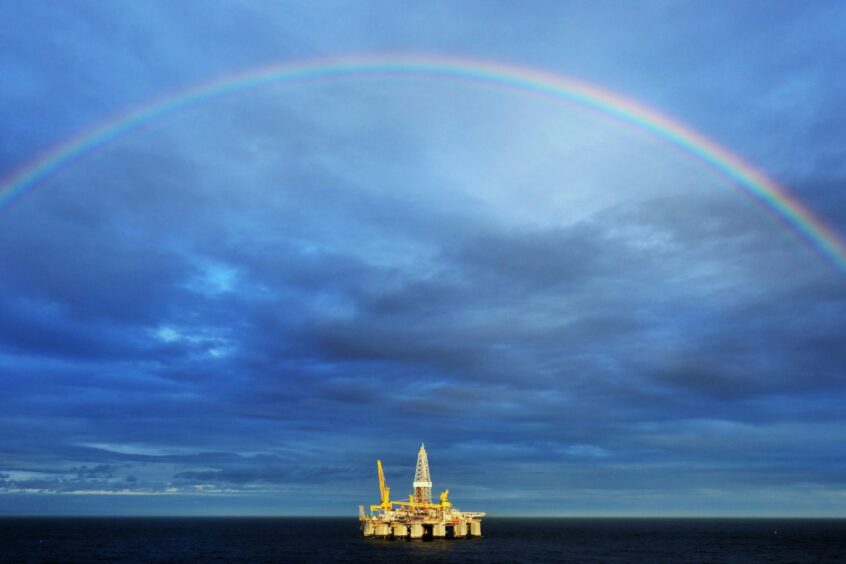
Australia’s main oil and gas industry lobby group sees the carbon capture utilisation and storage (CCUS) business as a crucial opportunity for Australia, as well as the oil and gas sector.
Ian Davies, chair of the Australian Petroleum Production & Exploration Association (APPEA), told delegates at the opening of the APPEA 2022 conference in Brisbane today that it “took 150 years to build the energy and economic system that has helped to progressively build all the wonders of our modern world.”
But now, based on the IEA’s Net Zero scenario, which would still see the world using oil and gas in 2050, it must be reconstructed in under three decades.
“The technology that is critical for us to achieve this at scale is carbon capture, utilisation and storage, or CCUS – a proven technology,” he said.
One that ExxonMobil has been using since 1970.
“The world’s biggest CCUS project is right here in Australia at the Gorgon LNG project in Western Australia – and it is working, storing six million tonnes of CO2 since start-up in mid-2019.
Another world-scale CCUS project is under construction at Moomba in South Australia – it will store 1.7 million tonnes of CO2 per year.
CCUS can not only reduce emissions from our production – it will also enable clean hydrogen to be made from natural gas and deliver new hydrogen supply to the market, faster and more affordably than other forms of hydrogen.
Furthermore, CCUS can address Scope 3, or customer, emissions.
Wood Mackenzie predicts that, globally, CCUS will contribute 20% of energy-related emissions reduction by 2050, and hydrogen 15%.
The IEA lists CCUS as one of four key pillars of decarbonisation, alongside electrification, energy efficiency and low-carbon fuels such as hydrogen, biomethane and sustainable biofuels.
The fact that there are proven examples of CCUS matters.
It matters because almost half of the emissions reductions achieved in 2050 in the IEA’s Net Zero scenario come from technologies currently at the prototype or demonstration phase.
They will not be available at scale without further R&D, and technical improvements.
Bringing new energy technologies to market can take decades.
Even successful examples like solar PV, lithium-ion batteries or LED took between 10 and 30 years from the first prototype to commercialisation.
This is why CCUS is so important.
Under the Net Zero scenario, 7.6 billion tonnes of CO2 per year would need to be stored in CCUS by 2050, 200 times more than is being stored in the 30 or so commercial projects around the world today.
This is an opportunity for Australia and for our industry.
It could be our competitive advantage for the future, not only to decarbonise our own economy, but to help our customer countries decarbonise.
Just as our customers in Asia have looked to Australia for energy security over the last half century, they are now looking to us to help them reduce their emissions as they work towards net zero targets.
These countries do not have the nature-based and geological carbon sequestration resources that Australia has in abundance.
The opportunity for Australia lies in our carbon storage resources, in basins where we already produce oil and gas, and which are often close to large-scale industrial sources.
These carbon storage resources can provide the foundation for emissions reductions across the Australian economy.
This will range from enabling the production of clean hydrogen using natural gas; to storing carbon from a range of industrial and manufacturing processes; and even to permanently removing carbon from the atmosphere through technologies such as Direct Air Capture with geological storage.
The opportunity lies in the ready-made expertise of our oil and gas industry, which knows how to deploy CCUS safely.
It lies in the foresight of national, state and territory governments that have released greenhouse gas storage acreage, introduced regulatory regimes to ensure CCUS projects are safely developed, and supported CCUS hubs to underpin new resource and industrial development in a low-carbon world.
And it lies in the foresight of the Clean Energy Regulator’s CCS methodology to accelerate the deployment of CCS projects by enabling them to generate carbon credits under the Emissions Reduction Fund.
The use of Australian LNG by our key trading partners is already helping reduce emissions internationally.
It is helping improve air quality in neighbouring nations and lifting the living standards of hundreds of millions of people who use dirty fuels for cooking.
Australia’s LNG has the potential to lower emissions in LNG-importing countries by around 166 million tonnes of carbon dioxide each year, by replacing higher-emissions fuels.
To put this in perspective, that is equivalent to more than one-third of Australia’s total annual greenhouse gas emissions.
It should be little surprise, then, that demand in our region for Australian gas is forecast to more than double by 2050.
And I predict that demand for carbon storage will be just as exciting over the next 30 years,” said Davies.
Recommended for you
